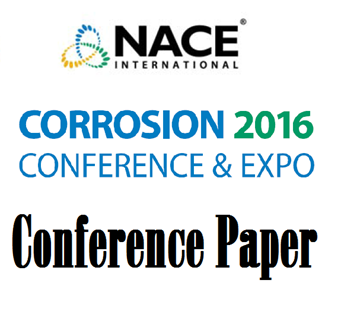Search
00755 PIPELINE COATING FAILURE - NOT ALWAYS WHAT YOU THINK 1T IS
Also Purchased
00757 FBE, a Foundation for Pipeline Corrosion Coatings
Product Number:
51300-00757-SG
ISBN:
00757 2000 CP
$20.00
10002 Failure Analysis of Three Layer Polypropylene Pipeline Coatings
Product Number:
51300-10002-SG
ISBN:
10002 2010 CP
Publication Date:
2010
$20.00
Fusion Bonded Epoxy Coatings (FBE) and Disbondment
Product Number:
51316-7246-SG
ISBN:
7246 2016 CP
Publication Date:
2016
$20.00
Recently viewed




